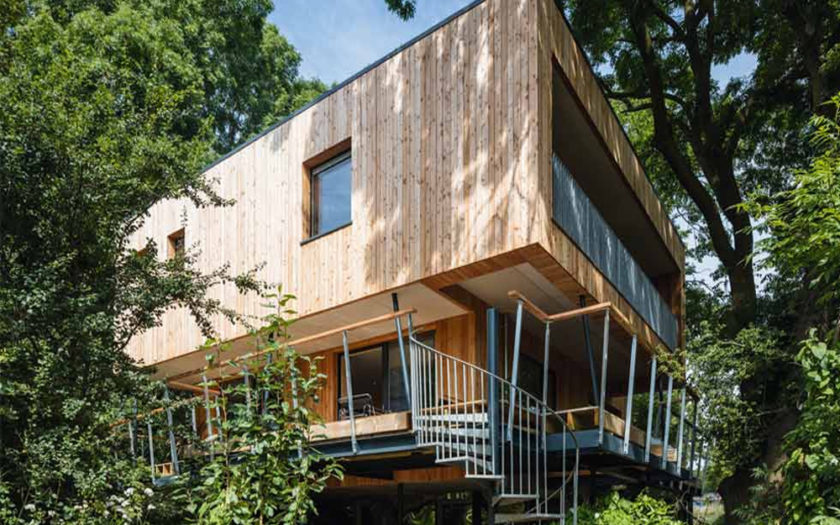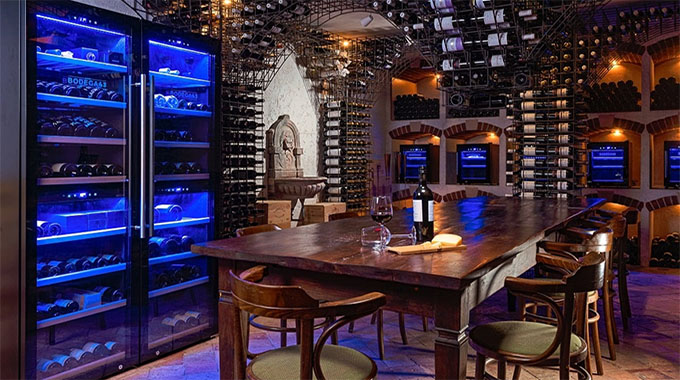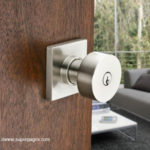Earth Day was last week, and whether you’re ready to save the planet, or simply practice more eco-friendly habits it’s easier than ever to implement green and sustainable products into your home renovation projects.
Here are just a few material considerations for you to research before you get started on your kitchen or bath renovation. Educate yourself on all the available green and sustainable products available today, as they will provide you with a greener home and a much healthier lifestyle.
Counter Tops
Bamboo is considered a very sustainable material since it reaches maturity within five years, and regenerates from its original root system – never needing replanting.
Wood is a wonderful material for butcher-block counter tops and flooring.
When these woods are locally grown, sustainable, or FSC (Forest Stewardship Council) certified, they tend to rate quite highly.
Concrete countertops are increasingly popular in contemporary settings, and don’t off-gas. They are considered greenest when locally fabricated and when mixed with cement alternatives and recycled aggregates.
Quartz surfaces are one of my favorite countertop surfaces. They are available in a plethora of gorgeous colors and finishes – are easily maintained and have an endless lifecycle. Certain companies are now manufacturing a stunning recycled quartz collection.
Flooring
Hardwoods and Bamboos are a favorite flooring choice for the eco- conscious homeowners. If the material is FSC certified or reclaimed then it is considered to be an environmentally responsible product.
Marmoleum or Linoleum tile is constructed of Linseed oil, jute, limestone and other natural components that collectively provide for an incredibly strong and durable flooring product.
Cork is not only sustainable and renewable (like bamboo), but is extremely soft and comfortable under foot.
Wool Carpeting is naturally stain resistant, highly durable and free of any chemical additives – only the natural oils in the sheep’s wool. With regular maintenance it can last up to 50 years and once discarded is biodegradable.
Cabinetry
Kitchen cabinetry can easily be refaced or repainted with low or zero VOC (Volatile Organic Compounds) paints and products. If however they no longer fit into your renovation plans then consider re-using them somewhere else in your home or donate them to you local Habitat For Humanity Re-Store.
FSC and sustainable woods that are formaldehyde free – and finished with a low VOC sealant – is a green alternative to recycling your old cabinets. Another wonderful material to consider is a veneered wheat board composite. The straw fibers are combined with a formaldehyde free resin and then painted with low or zero VOC paints.
Solid core passage doors are also available in wheat straw and FSC certified woods. They too are formaldehyde free and meet LEED guidelines.
Finally when it comes to the finishing touches and furnishing your home, look for environmentally sustainable and eco-chic pieces. Do some online research and you’ll find the resources are endless.







